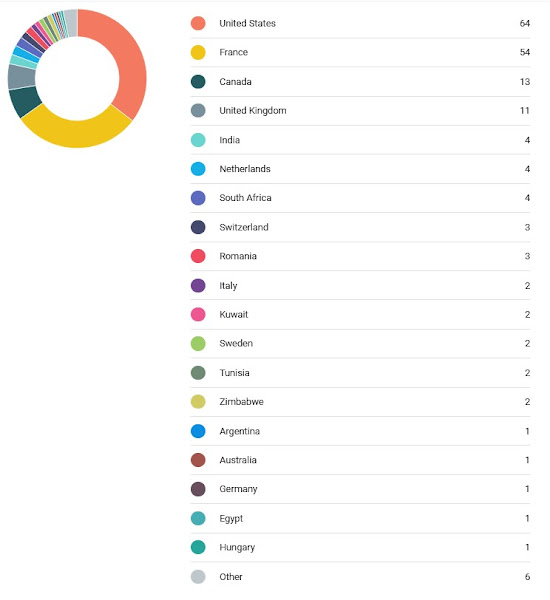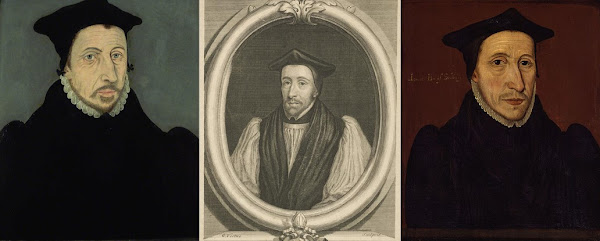Hamlet Nunnery Scene Haunted by Homily VI, Book 2, & Lazarus (part 14)

The nunnery scene (3.1) in Shakespeare's Hamlet is among the most famous of the play's scenes, with Hamlet telling Ophelia to get to a nunnery, criticizing women for painting themselves faces other than the one God gave them, and offering as a "plague for thy dowry" that, if she must marry, she should marry a fool. [NUNS AND A FOOL. Left: Hildegard von Bingen and her nuns, 13th Century, public domain here . Right: An Allegory of Folly, early 16th century, by Quentin Matsys (1456/1466–1530), New York, J. Held Collection. Image public domain, here .] All of these things - and Pyrrhus, and worm's suppers - also appear in Homily VI, "AN HOMILIE AGAINST excesse of Apparrell," from Book 2 of the official homilies used during Shakespeare's lifetime. The same homily also makes a connection between the sin of excess committed by the rich man in the Luke 16 Lazarus tale, and the excess of people wearing extravagant clothing, or we





